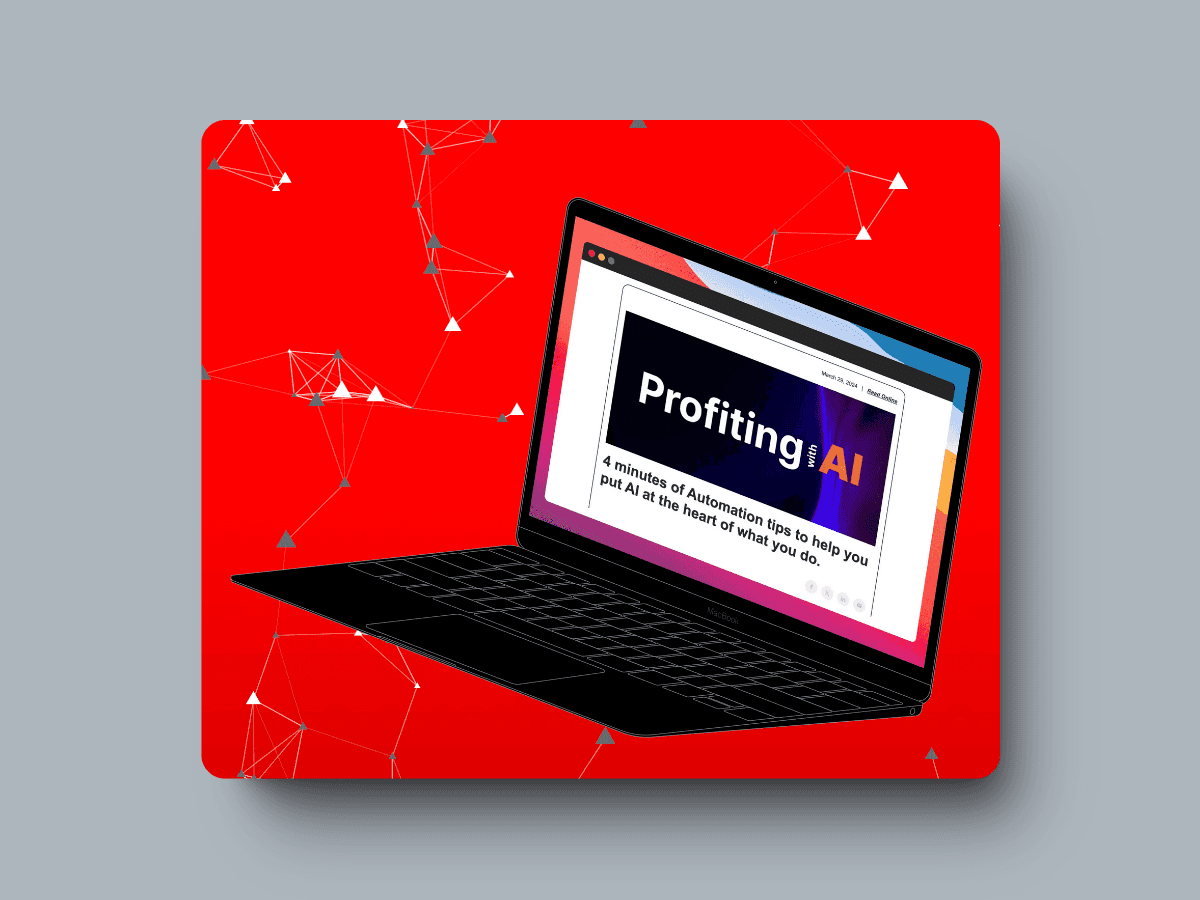As a Custom AI shop,
One of our favorite tools that’s surged in popularity over the last couple of years is the Large Language Model, or LLM. It’s easy to see why: products powered by LLMs, such as the infamous ChatGPT, have taken over the tech world.
But what makes LLMs so special, and what puts the software that uses them ahead of the competition?
Before the advent of widespread access to LLMs, creating AI-powered software was a much tougher task. AI solutions, custom or not, had a high barrier to entry and were labor-intensive to train and implement. These tools also had to be specialized for specific use cases: an AI image-recognition model built to accurately read checks would likely struggle to read a regular piece of paper or a check in another language. I’m not here to discount those products: in the right hands, the algorithms powering those tools become incredibly accurate at their jobs with enough tuning and maintenance. However, LLMs can achieve the same results in most use cases with no barrier to entry.
If you have a repetitive task that’s stopping you from doing what you love most about your job, a task that you have no idea how to do, or anything in between, here’s our list of guides on training an LLM to take a crack at it.
To start, we recommend:
Setting up your own first custom LLM tool in less than 10 minutes using our guide on OpenAI’s GPTs
Learning more about what LLMs are good and bad at in our guide on how LLMs work
Deciding if an in-depth custom LLM product is right for you by perusing our LLM chatbot architecture breakdown
What is an LLM? - An Everyman’s Guide to Understanding the Power of LLMs
Why is it so much easier to make a product with an LLM, and what makes them adaptable to a variety of use cases when so many other AI products aren’t? What are LLMs good and bad at? What’s an LLM? Read our concise, informative breakdown of all of these questions in this article:
https://pressw.ai/blog/what-is-an-llm-(large-language-model)
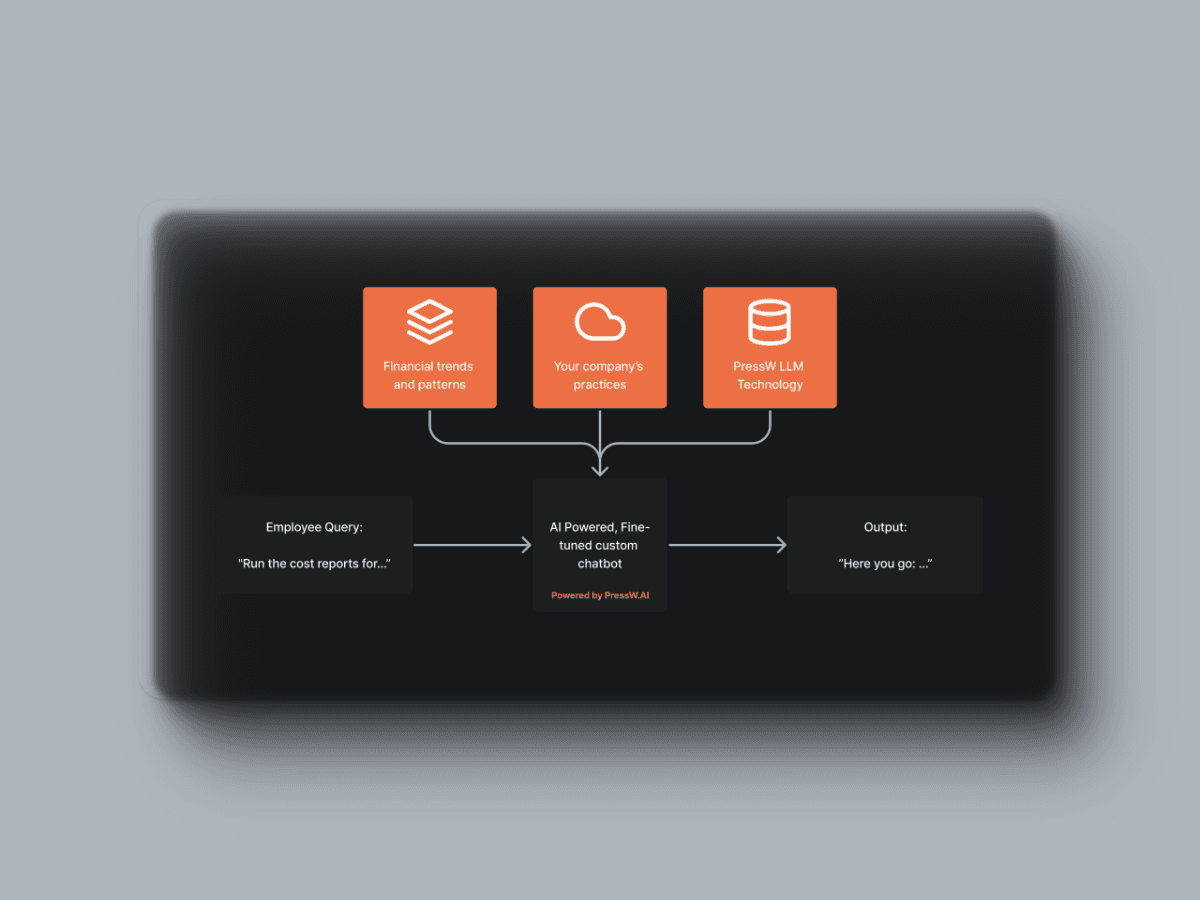
How can I try an LLM for myself?
If you haven’t already tried out products like ChatGPT, you don’t even need to sign up for an account - just go to this link and ask it anything!
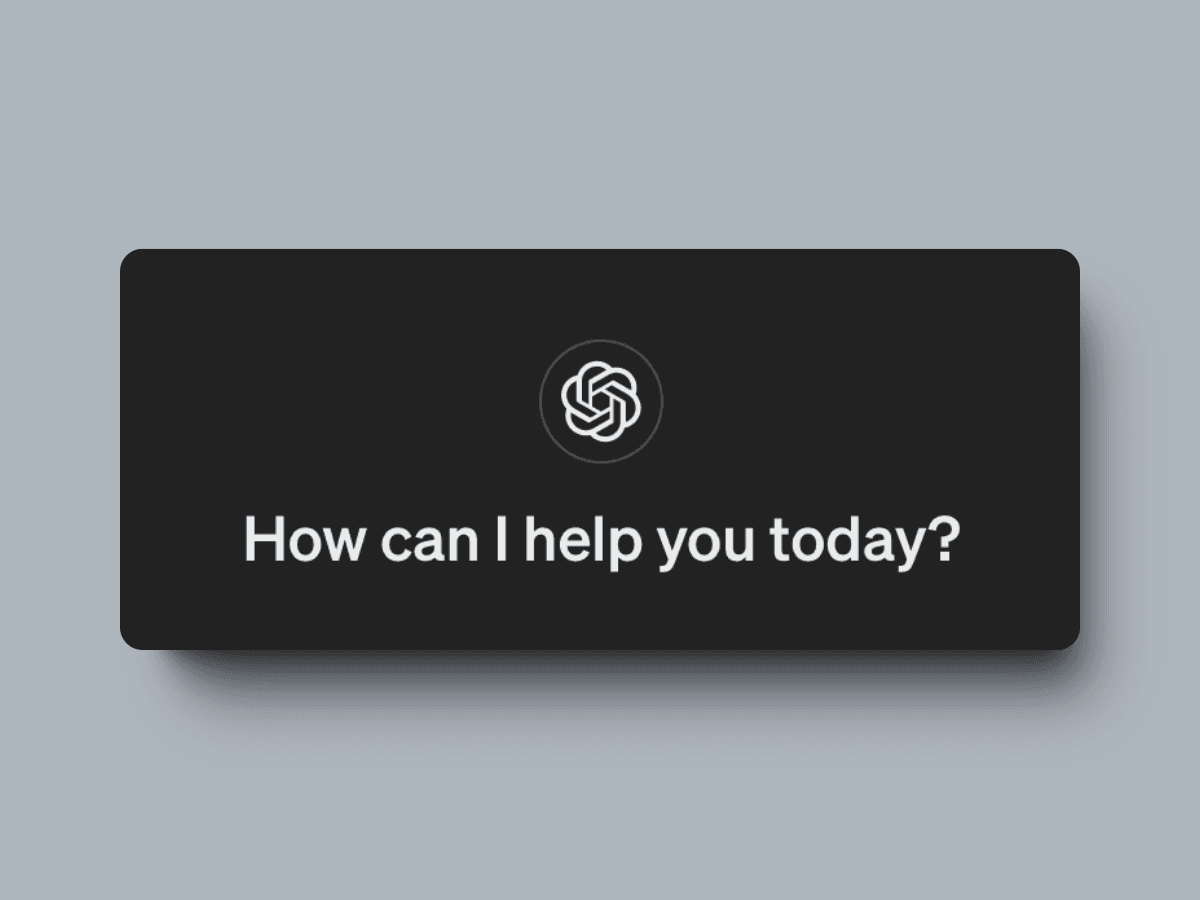
OpenAI’s LLM products alone are incredibly capable and worth the subscription: they can write code to answer your questions, make charts or graphics with any data you give it, and generate images or preliminary concept art to match any description you’d like.
If you’re interested in making a chatbot that’s tailored to your needs, one easy way to do so is by creating an OpenAI GPT. Check out our breakdown on how to do that in under ten minutes here:
https://pressw.ai/blog/how-to-create-your-own-openai-gpt-personalized-conversational-ai-in-minutes
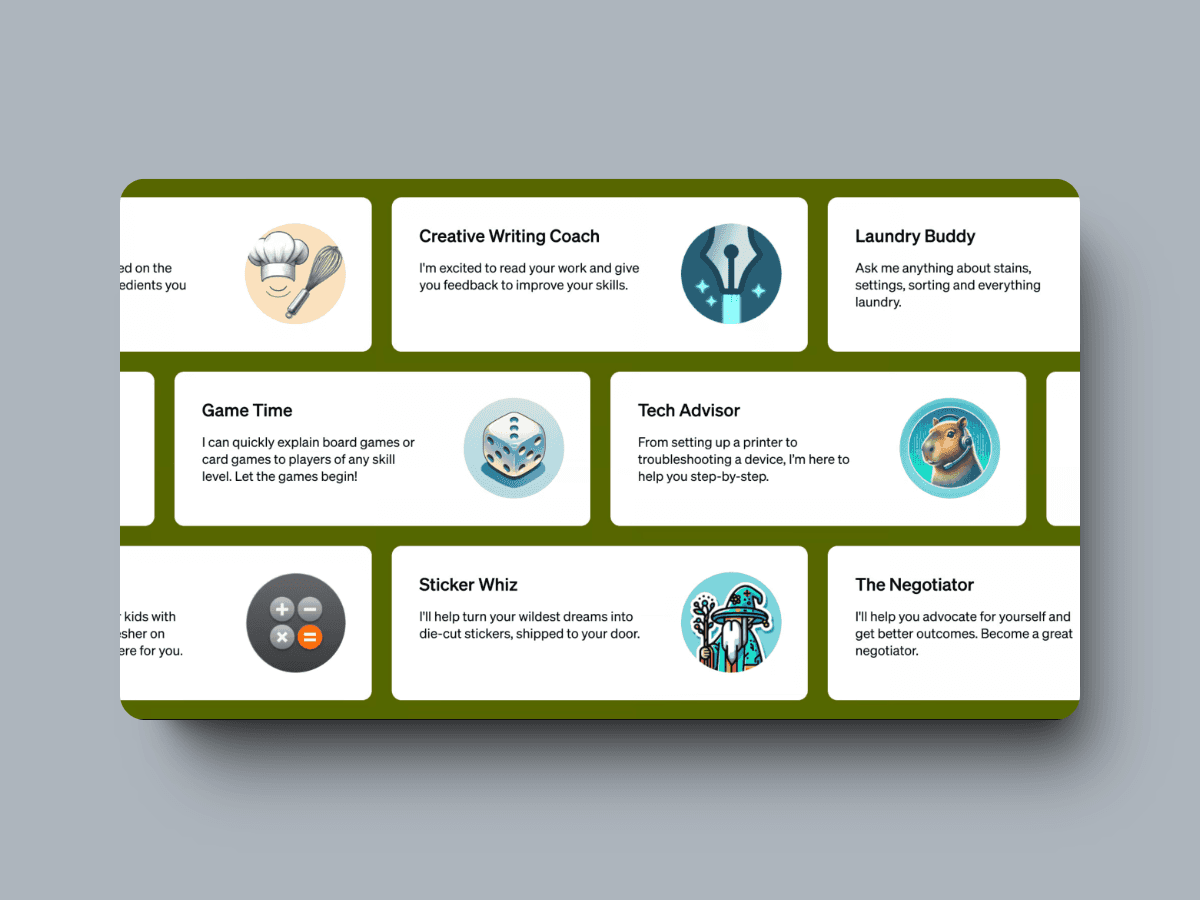
How can I create my own custom LLM-powered product?
Even custom solutions aren’t as daunting of a task when you’re working with LLMs. In order to get you started, we’ve created several resources on all of the steps of creating an LLM-powered product (or what we sometimes call “chatbot” products, since you’ll be sending information to an LLM and using its response for your use case).
This first blog post, written by our Head of AI, outlines all the pieces you might consider adding to your program’s architecture. By linking up your company’s files or databases to an LLM, for example, you can create a tool that lets you quickly search for any of that information in one place:
https://pressw.ai/blog/architecting-llm-systems-for-chatbot-services-intelligent-company-databases

For tips and tricks on how to make your LLM smarter or a breakdown on how to level up your LLM with add-ons like tools and integrations, read our guide on creating your own custom chatbot:
https://pressw.ai/blog/making-your-own-custom-chatbot
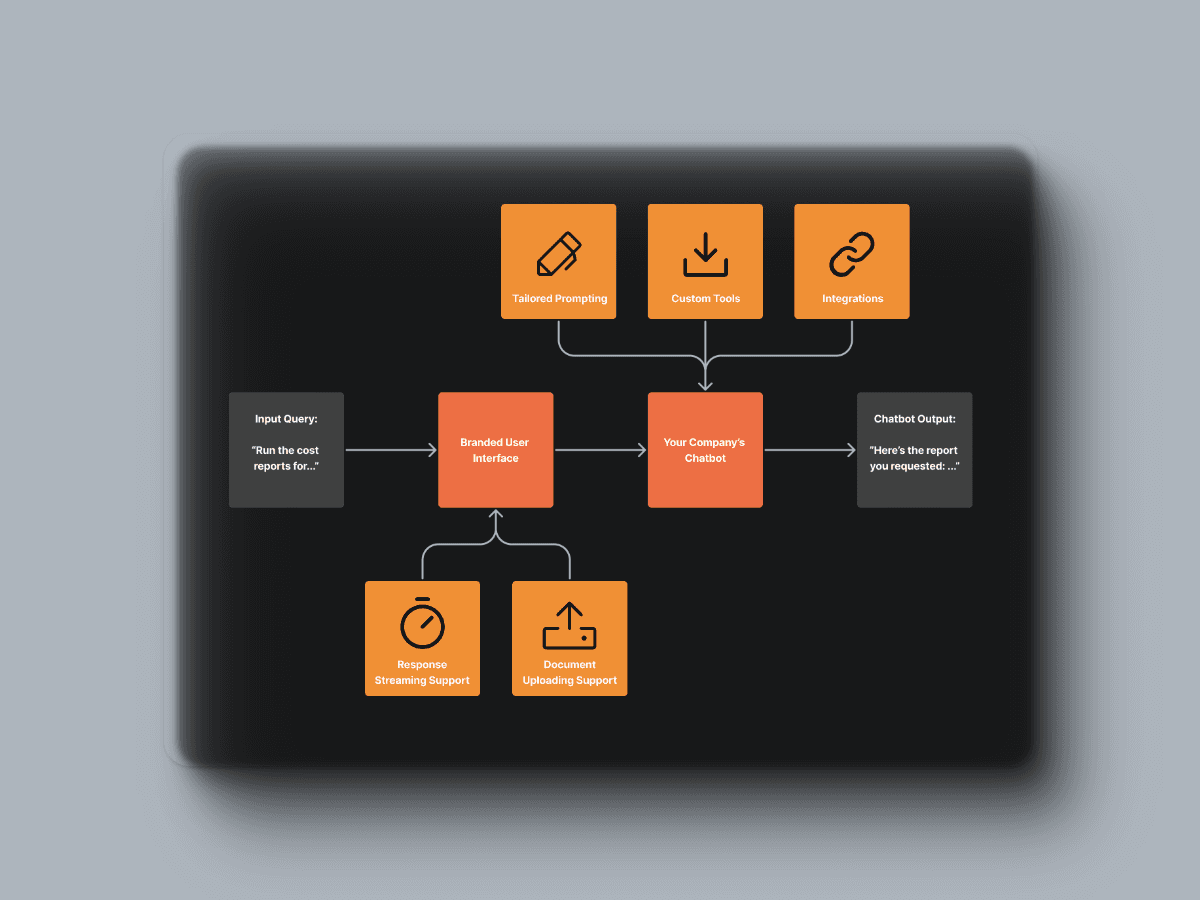
For all of the most important features to add to your LLM product’s user interface, read our CTO’s breakdown of all things frontend here:
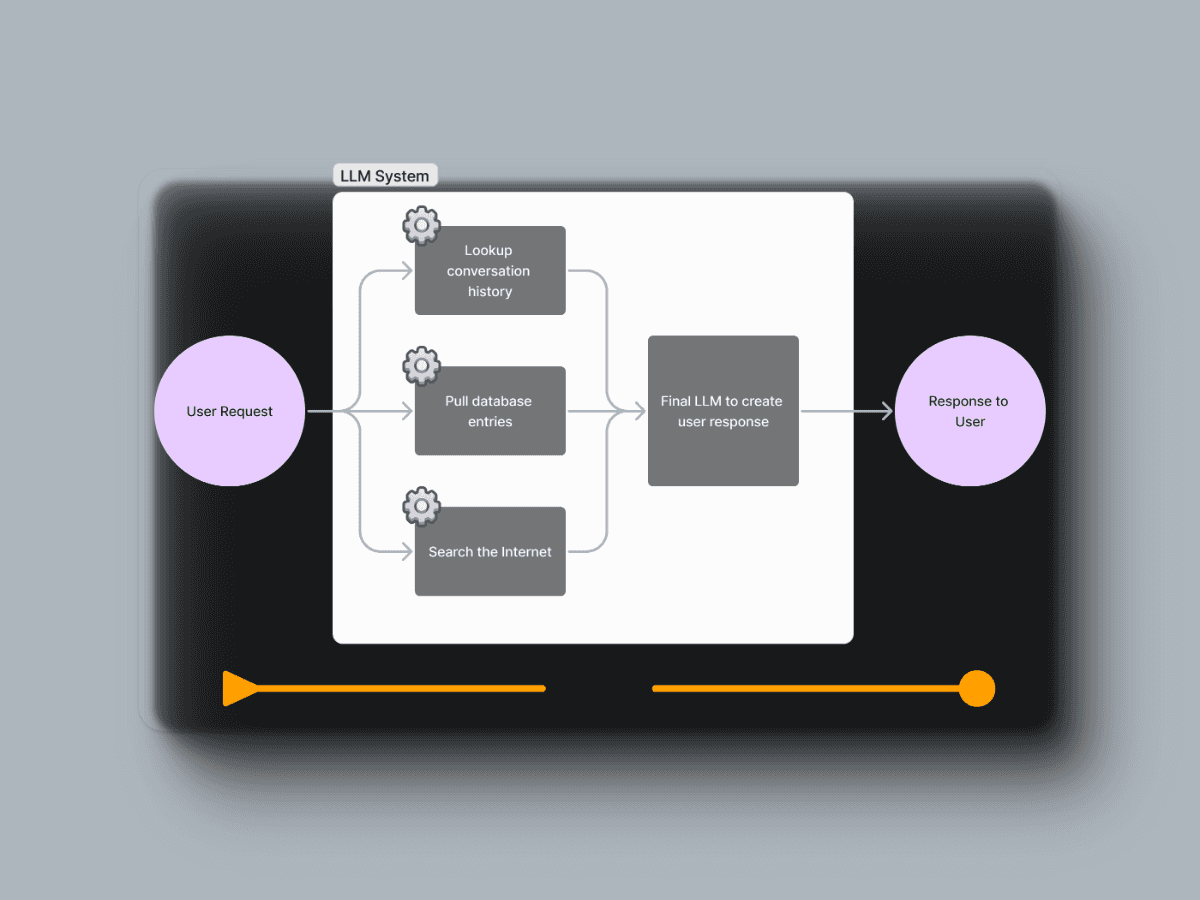
That’s it for now! Subscribe to our newsletter to get updates whenever we post more articles like these:
